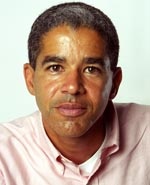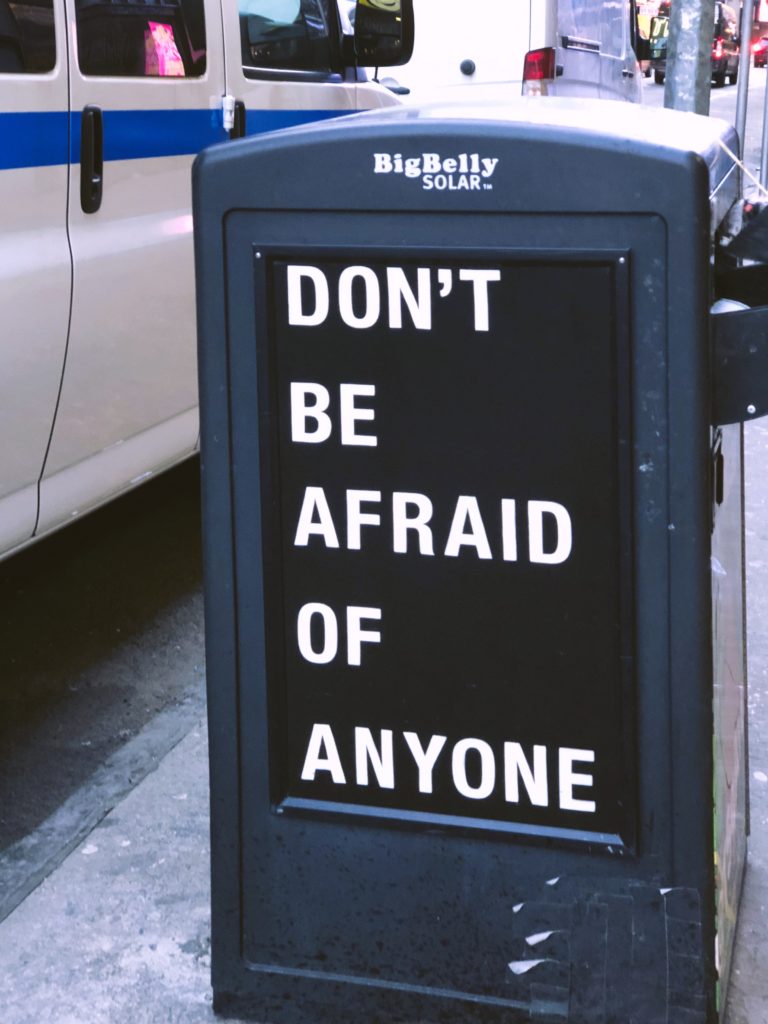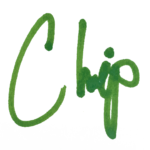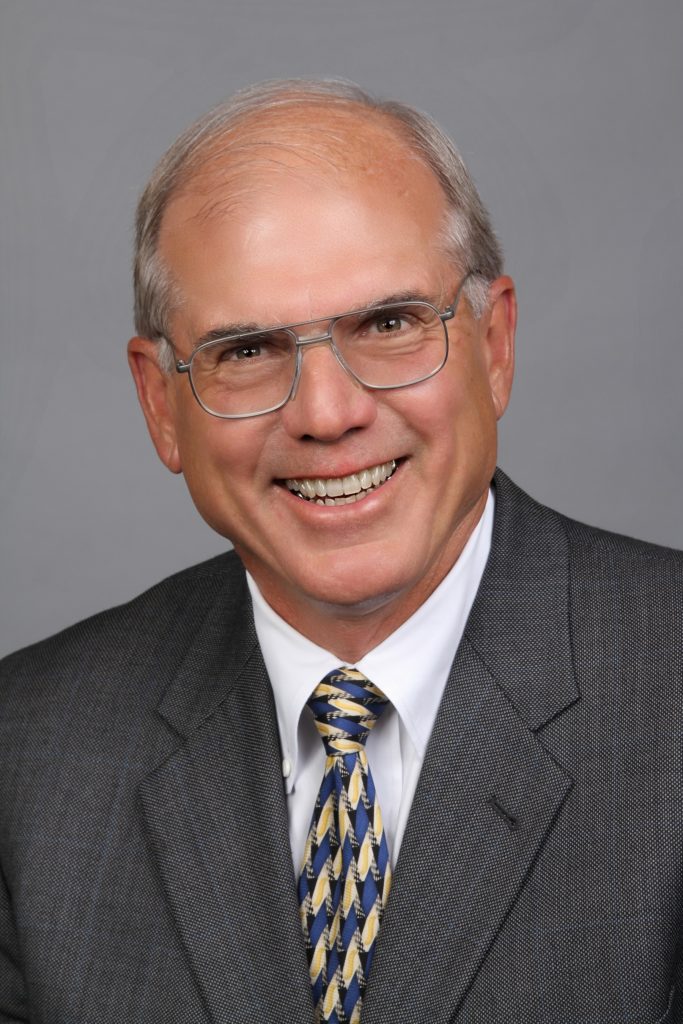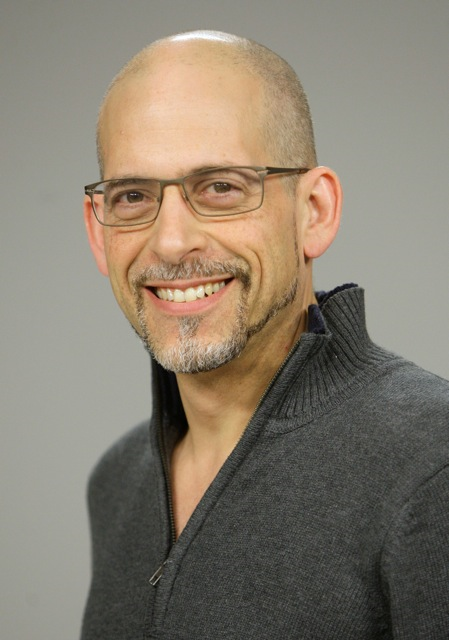
What’s the most important lesson you’ve learned as a writer?
The greatest lesson I’ve learned is that writing is an endlessly humbling enterprise. I didn’t go to journalism school, so I tried to learn journalism by reading the best stories I could find. Before the Internet, I wrote away to great writers to get copies of their best stories: David Finkel, Anne Hull, Wil Haygood, Paul Salopek, Tom French, John Camp, Jacqui Banaszynski, Barry Bearak, Hank Stuever, Dan Barry, G. Wayne Miller, and on and on. I still do this if I can’t get access to a great story. The first step was reading these stories and figuring out what the writers did and did not do to make their stories great (what you cut turns out to be hugely important). The second step was trying to do in my own work what these great writers were doing, which was very difficult. But the real lesson came in seeing that as my writing improved, so did everyone else’s. The bar got higher and higher. I widened the universe of writers I tried to learn from: J.M. Coetzee, E. Annie Proulx, Cormac McCarthy, Svetlana Alexievich (the great Belarusian journalist). As my writing has inched forward I’ve seen the horizon stretch farther and farther away, which is both exhilarating and humbling. That’s been the greatest lesson I’ve learned. You never really arrive at your destination.
What has been the biggest surprise of your writing life?
I’m constantly surprised at how much people will share with you if you are willing to have a real conversation — in other words, to listen and share things about your life too (without making the interview about you). We all carry secrets. After a while the carrying becomes a heavy burden. People look for someone they can share the burden with, usually just someone who will listen for a few hours. They don’t expect a reporter to solve their problems. I think they want us to be intensely interested and empathetic. When we do those things, there seems no limit to what people are willing to share. Early in my career, I had a young woman tell me that she lost her virginity on the basement steps of her high school (her school was not pleased to learn this). Recently, I had a heart surgeon tell me the vivid recurring nightmare he has — he is in a cabin in the forest trying to perform heart surgery on his son on the kitchen table using ordinary silverware. As a side note, I always ask people about their dreams. It’s fascinating how our thoughts and experiences play out while we’re asleep.
If you had to choose a metaphor to describe yourself as a writer, what would it be?
I think what I’m trying to do is build a nest. I have to get this collection of odds and ends to fit together into something solid. I don’t want too many bits sticking out. I certainly don’t want the thing to collapse and take others down with it. In the end I hope to make something that is inviting, warm, comfortable to settle into. It may sound a bit strained as a metaphor, but it’s the best I can come up with.
What’s the single best piece of writing advice anyone ever gave you?
The piece of advice I’ve gone back to again and again over the years has been one I received from G. Wayne Miller at The Providence Journal. Though a total superstar, Wayne was always very generous with me, looking over story drafts and offering advice. Once I was working on a story about a man who got shot in a bar. He was a regular at the bar and that night happened to be sitting in the stool where the owner usually sat. Earlier, the owner had tossed some young men from the bar who had made threats. The young men returned and fired shots from outside the bar through a window, hitting this guy who was sitting where the the owner usually sat. The wound paralyzed this man.
I thought the sheer horrible luck of the shooting would be enough to make the reader feel enormous sympathy for the victim. Wayne read my lede and said “The reader has to care about your main character BEFORE the character gets shot”. That probably seems like such an obvious thing. I embarrassed to say it had not been obvious to me at the time. The fix was relatively simple. I mentioned that the guy who got shot was a used car salesman and father of three who visited the bar most days after work. I should probably have said more. But at least the reader could see this man — a guy with a job and a family just relaxing at a bar, not having any reason to fear for his life. That little extra information helped to ensure readers would not switch off their empathy simply because the victim was drinking at a bar. So often in long narratives I think of two rules for the opening:
- The reader should have an almost immediate sense of why this is important (somewhere between the second graph and the sixth).
- The reader should care about your characters before things happen to them and before they do things.
Mark Johnson is a health and science reporter at The Milwaukee Journal Sentinel where he has worked since 2000. Previously he worked in three bureaus at The Providence Journal Bulletin. In 2011, he was part of a team in Milwaukee that won The Pulitzer Prize for explanatory reporting. On three other occasions he has been part of teams that were Pulitzer finalists. Before becoming a health/science reporter, he covered general assignment, driving to New York to cover the Sept. 11 terrorists attacks and flying to Houston to cover the space shuttle Columbia disaster. He is co-author of the book “One in A Billion: The Story Of Nic Volker And The Dawn Of Genomic Medicine.” He also played guitar in the Rockford, Il. punk band, The Bloody Stumps. He is married to writer/editor Mary-Liz Shaw. They have a son, Evan, who composes music — not punk.

